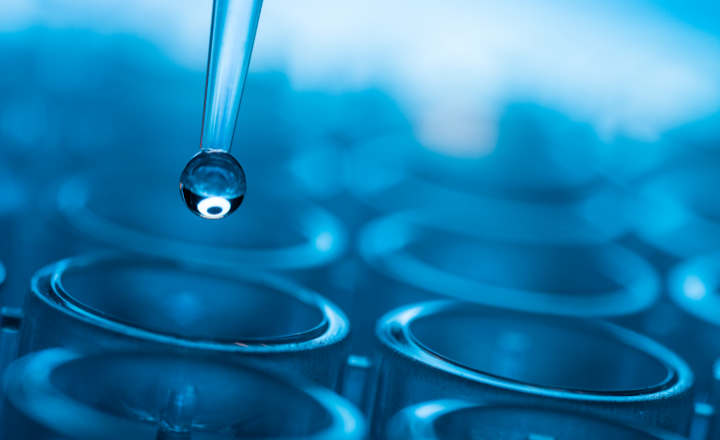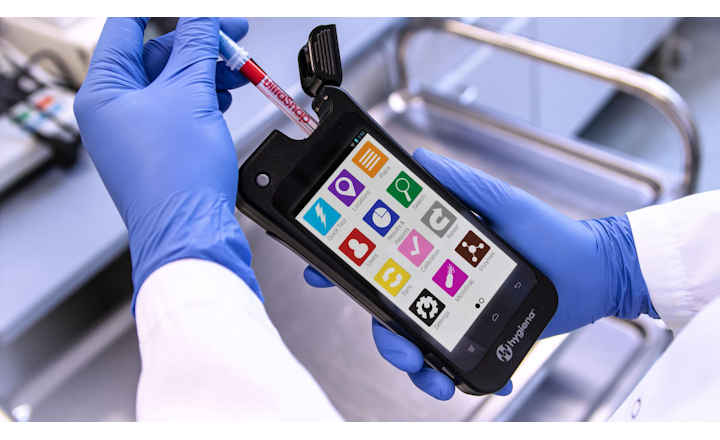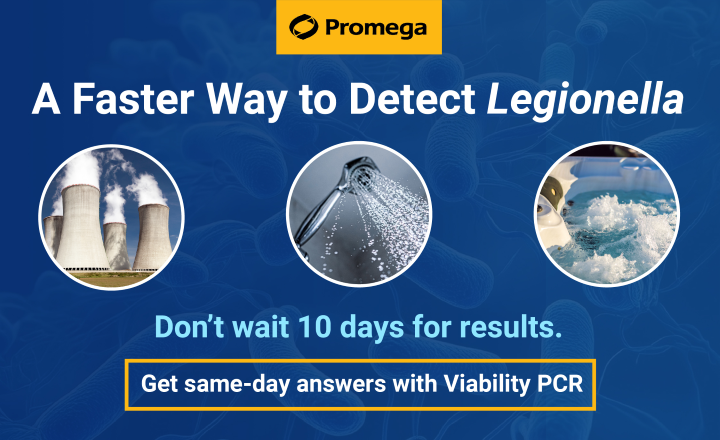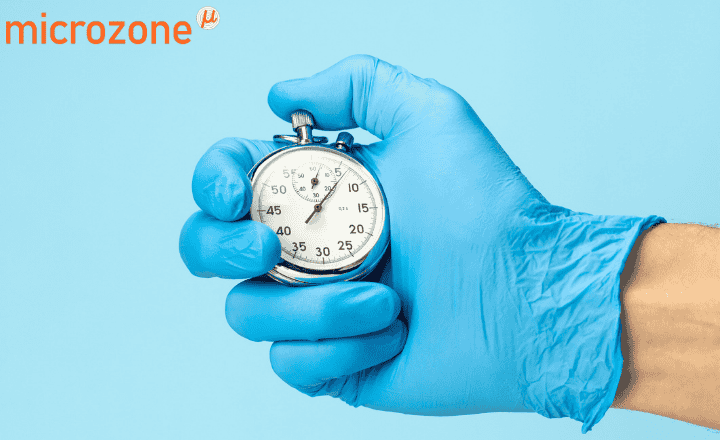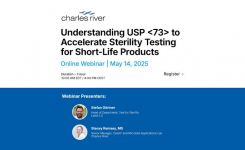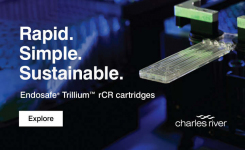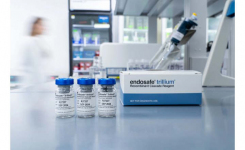- Vital Monitoring: Essential tools like online Total Organic Carbon or Conductivity (TOC) and offline bioburden tests keep pharmaceutical water pure and compliant with stringent standards.
- Microbial Vigilance: Identifying specific microbes helps trace and fix issues, enhancing product safety and system integrity.
- Continuous Qualification: Regular system requalification ensures that water meets the strict criteria necessary for pharmaceutical use, adapting to changes and maintaining control.
- Seasonal Adjustments: Understanding seasonal microbial shifts is crucial for proactive water system management, maintaining consistent quality year-round.
- Strategic ID Protocols: Implementing a thorough ID schedule for organisms in water systems aids in pinpointing contamination sources and preventing future issues, ensuring optimal system performance.
Pharmaceutical water systems are present at many manufacturing sites around the world. They provide processed water that is suitable for use directly as an ingredient in pharmaceutical drugs, excipients, active pharmaceutical ingredients (APIs), indirectly as a sterilant (via steam processes, such as steam in place or autoclaves), and in preparing disinfectants and sanitisation agents. Therefore, adequate control and understanding of water systems are essential in understanding the performance of the water system, with the ultimate aim of enhancing the robustness of the system's performance.
Pharmaceutical water systems are often owned by engineering functions, with the physical parameters of systems being monitored via a range of tools. These could include online monitoring systems for Total Organic Carbon or Conductivity, and also offline sample testing, where samples from the water system are transferred to the testing laboratory for tests such as bioburden or in the case of Water for Injection, endotoxin testing.
In recent years, there has been an increasing emphasis has been placed on environmental monitoring. However, these principles also apply to the management of water systems. The water system can be considered its own ecosystem with fluctuations, and this may be due to variability in the incoming water or perhaps associated with changes in the use of the system or even the seasons.
Here, the focus is on considerations for microbial identification linked directly to the bioburden samples obtained from water systems. Typically, alert and action limit failures from bioburden samples result in a species level identification from the system. This is useful information, as increases in specific organisms from the system being observed in alert failures often appear in action limit excursions. Identifications from water systems can also be used to inform root cause analysis assessments for deviations in either environmental or personnel monitoring failures or from product-related events.
Water systems are typically classified by the type of water that is being produced, for example, Purified Water and Water for Injection. In the context of the pharmaceutical industry, the mode of production and the specifications must meet the requirements prescribed by the pharmacopeia’s (European and United States Pharmacopeia includes monographs for both Purified Water and Water for Injection).1 USP<1231> Water for Pharmaceutical Processes provides a comprehensive overview of the requirements for the water, and details on what type of water should be used based on the intended use, for example, non-parenteral dosage forms may be produced with purified water, and parenterals, Water for Injection.
USP<1231> provides an overview on types of organisms that may be found during water sample bioburden testing and discusses the potential impact of identifying such organisms, considering the likelihood of the origin being poor aseptic technique during sampling and testing, versus the presence of those organisms within a water system.
Water systems routinely undergo qualification during initial installation, where an extended sampling period may be performed to understand what the normal operating parameters of the system should look like. Following the initial install and qualification, ongoing reviews should take place to provide assurance of what the normal levels of control of the system are (within the specification). Over time, there will be an evolution of the system, and periodic requalifications may be required. This may be triggered by modifications for the system, following a system shut down, or periodically. There will be variability in the levels of activity that support the qualification of the water system.
Seasonal variability of the organisms recovered from a water system is also a common occurrence. However, without identifying above the alert limit, it is not always possible to proactively respond to these trends.
Understanding which species are within the normal range for the system is useful information.To enhance the understanding, achieving a baseline knowledge of the system flora is additionally helpful.
For ambient operating purified water systems, there is an expectation that the diversity of microbes recovered will be broader than hot water for injection systems.
An identification strategy for those organisms recovered from the system should consider the knowledge required to be able to observe a control drift, and this can be challenging with the variability a system may face with use. There are options that can facilitate informed decisions.
Example Scenarios for when to ID from a Water System
Organism ID from Water For Injection
It is prudent to identify all organisms recovered from water for injection systems. As discussed in USP<1231>, the likelihood of Gram-positive organisms residing in a water for injection system is low, identifications can facilitate understanding of laboratory or sampling errors. Gram staining can be error prone, therefore relying solely on staining can lead to incorrect assignment of root cause.
ID All Alert and Action Limit Failures
Alert limit failures should be part of the normal operation of a water system. Analysis for upward trends should be considered in the holistic overview of system control. However, consideration of if this is a sufficient quality indicator for system performance should also be made. It is recommended to ID all organisms to species level above Alert and Action limit failures.
ID All During Qualification and Requalification
Requalification and qualification often lead to increased sampling regimes. This may include testing every sample port daily over a specific time frame, or perhaps increasing monthly samples to a weekly basis. Following the shutdown of a system, perhaps the system undergoes three days of sampling from every sample location. This is an opportunity to understand the microorganisms within the water system and can be used to achieve an understanding of the microbial baseline.
Routine Maintenance Shutdown: Pre- and Post- ID Schedule
Routine maintenance shutdowns are part of the routine periodic procedures for pharmaceutical production facilities. For aseptic manufacturing these typically occur twice a year, and for non-sterile production facilities this may be less frequent. They provide an opportunity for enhanced data collection. Prior to the shutdown a short period of intensive sampling could be performed (e.g. every sample port on three consecutive days), and any organisms isolated during this period could then undergo species level identification to provide an understanding of what the baseline population is for the system. Following the facility start up post-shutdown, again, those additional samples could be repeated, with additional identification comparisons made, to understand if the system has remained in the state of control it was prior to the shutdown, or indeed improved.
Periodic Identification from a Water System
A periodic schedule may be the simplest way to collect the data, and consideration for seasonal variability should be made in defining the periods of time where an “ID All” approach might be taken. For example, in year 1, identifying all isolates from a water system on a monthly basis, may provide adequate insight on where the seasonal variability occurs, or if system use impacts the organisms which reside within the water system ecosystem (i.e. if there are known periods of time where low levels of water are used or periods where significant increases in system use are observed). During year 2, those periods of “ID all” could potentially be reduced to a quarterly basis, and then perhaps during year 3 and subsequent years, an approach could be taken that this is performed on a bi-annual basis.
Data Usage
The data provides a useful library and understanding of what normal operating parameters are for such water systems. Especially for ambient water systems, it is anticipated that there will be the presence of Gram-negative microorganisms. These may also appear during routine environmental monitoring of the facility, and the connection to the water system may provide useful information in root cause and subsequent cause and preventative actions.
Conclusions
The pharmaceutical water system is its own ecosystem, which naturally evolves over time.
Understanding the organisms present at system start-up, during routine use, and requalification can provide insights into the system performance, as well as any seasonal fluctuations. A baseline understanding of the system, can inform the water system owner of control drifts, and enable responses to be made in a timely manner to recover control of the system.
Furthermore, a comprehensive identification schedule for organisms isolated from a water system can facilitate root cause analysis for issues with product quality.
It is recommended that a water system identification schedule is considered and documented. Utilizing risk assessments and considerations for trending, the identifications should be included within the annual reports on water system performance. Annual reports should review previous years, and this is where seasonal variations or control drifts can be easily spotted by understanding the typical microorganisms present within a water system.
Learn how a pharmaceutical company used Accugenix NGS to identify sources of contamination, track areas common to each strain, track how that organism spreads through the environment, and eliminate the sources of contamination. Read the Case Study.
View the "CCS Blind Spots: An Exclusive Look at Contamination Investigations" webinar here.
Reference:
- European and United States Pharmacopeia includes monographs for both Purified Water and Water for Injection). USP<1231> Water for Pharmaceutical Processes


